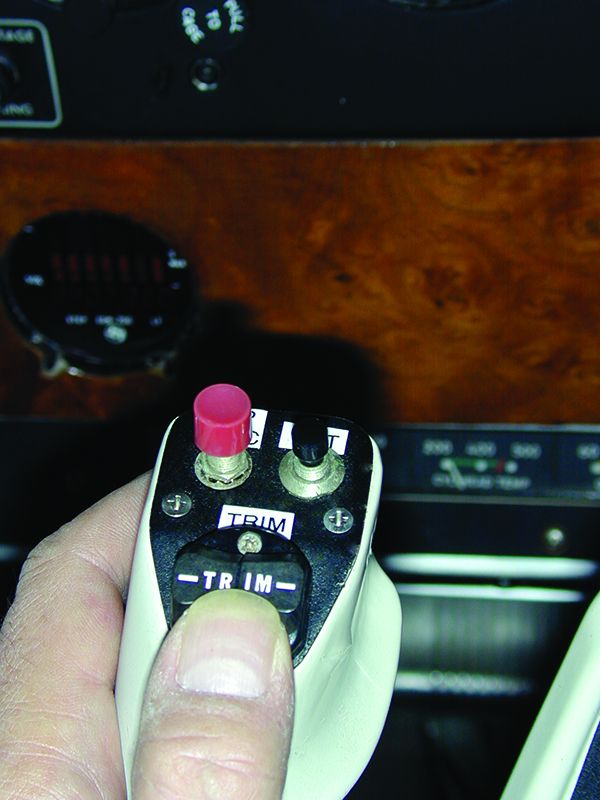At the time I experienced this tale, I had maybe 400 hours total time, along with an instrument rating. I had been renting airplanes from FBOs but was finding my choices—mainly trainers—plus scheduling and weekend minimums weren’t aligned with my growing desires. I needed something faster, with longer legs and fewer hassles. So I anted up to join a local commercial flying club and got checked out in their flagship airplane, a Cessna T210 Turbo Centurion. It had a lot of bells and whistles, including an autopilot for long flights, a Stormscope for thunderstorm avoidance and an IFR-legal GPS for approaches. Life was good.
There wasn’t much to the checkout flight. The CFI and I went out and did some stalls, steep turns and several touch-and-go landings, along with an emergency landing gear extension. Back at the FBO, we chatted about the airplane’s systems, including the turbocharging, and went through the emergency procedures we hadn’t practiced. I had extensive experience with almost all of Cessna’s tricycle-gear singles at that time, so neither its systems nor handling traits were new to me. With a flourish, the CFI signed off the club’s paperwork, endorsed my logbook and was out the door.
A couple of weeks later, I hooked up with a pilot-friend and we headed out in the T210, just to keep familiarizing myself with it. I wanted to get some altitude under it and see what the turbo would do while sorting out the autopilot and making sure I understood how everything on the panel worked. It was a good thing we did.
Shortly after departing Class C Regional and leveling at an intermediate altitude, I began to have difficulty. The airplane seemed to have a mind of its own in the pitch axis, alternately becoming nose-heavy and then tail-heavy. Adding to the confusion, ATC was on the verge of screaming at me for not responding, even though I was verbalizing the correct response while holding down the yoke-mounted mic button. Neither I nor my pilot-friend could figure it out. Shortly, we turned for home, pleasing the controller to no end. The return, which I hand-flew, was much smoother.
Later that day, while going over it all in my head, I realized what was going on: I had confused the yoke-mounted pitch trim button for the yoke-mounted push-to-talk button. Every time I attempted to talk to ATC, I was mashing the trim switch in one direction or another.
What did I learn? I learned that a couple of hours in a new, complicated airplane wasn’t enough. I learned that having a pilot-friend along wasn’t a guarantee of success. And I learned that a 210 can get really nose-heavy if you let it.
Have you encountered a situation or hazardous condition that yielded lessons on how to better manage the risks involved in flying? Do you have an experience to share with Aviation Safety’s readers about an occasion that taught you something significant about ways to conduct safer flight operations? If so, we want to hear about it.
We encourage you to submit a brief (500 words) write-up of your Learning Experience to Aviation Safety for possible publication. Each month, Aviation Safety publishes a collection of similar experiences sent to us by readers. Sharing with others the benefit of your experience and the lessons you learned can be an invaluable aid to other pilots.
You can send your account directly to the editor by e-mailing it to [email protected]. Put “Learning Experience Submission” in the subject line; add your name and daytime telephone number at the bottom of the e-mail.
Your report will be considered for publication in the Aviation Safety’s readers’ forum, “Learning Experiences,” and may be edited for style and length. Anonymity is guaranteed if you want it. No one but Aviation Safety’s editor is permitted access to the reports. Your name and telephone number are requested only so that the editor can contact you, if necessary.
While we can’t guarantee your submission will get published, we can guarantee that we’ll closely review and consider using it.
All Learning Experience submissions become the property of Aviation Safety and may be republished.




